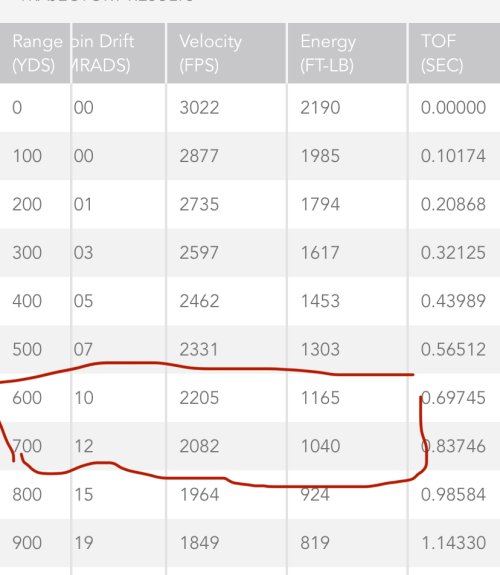rjthehunter
Well-known member
Then shoot a deer with a slug... fat, slow, horrible BC, 1,440 ft lbs of energy at 100 yards, but put a hell of a hole in a deer, causing an intense amount of damage.Not my experience see post #119. That’s real life experience I’ve witnessed. In that instances bullet A transferred 3545ftlbs and bullet B transferred 1934ftlbs. Yet bullet B caused more damage.
Have seen this multiple times







